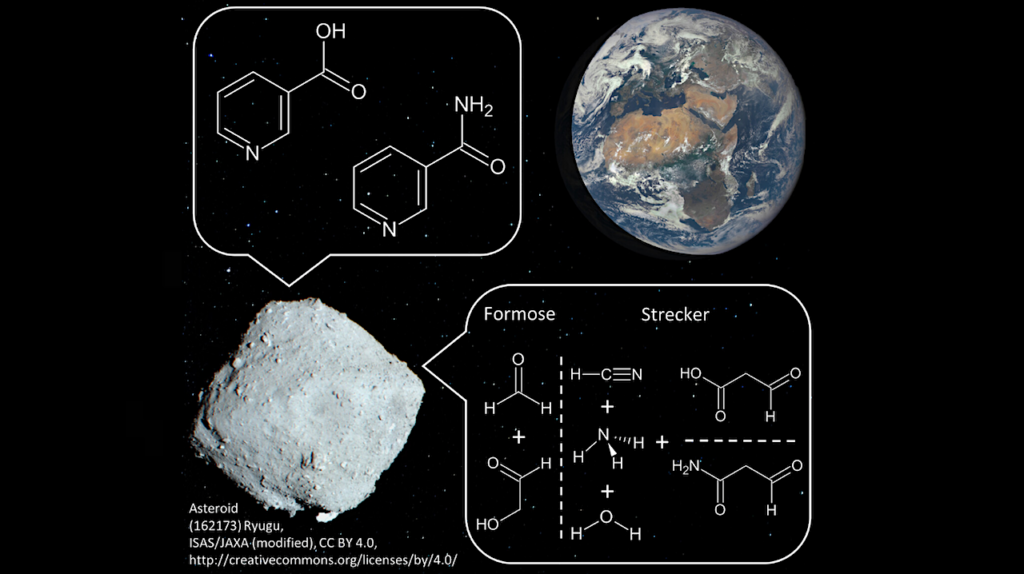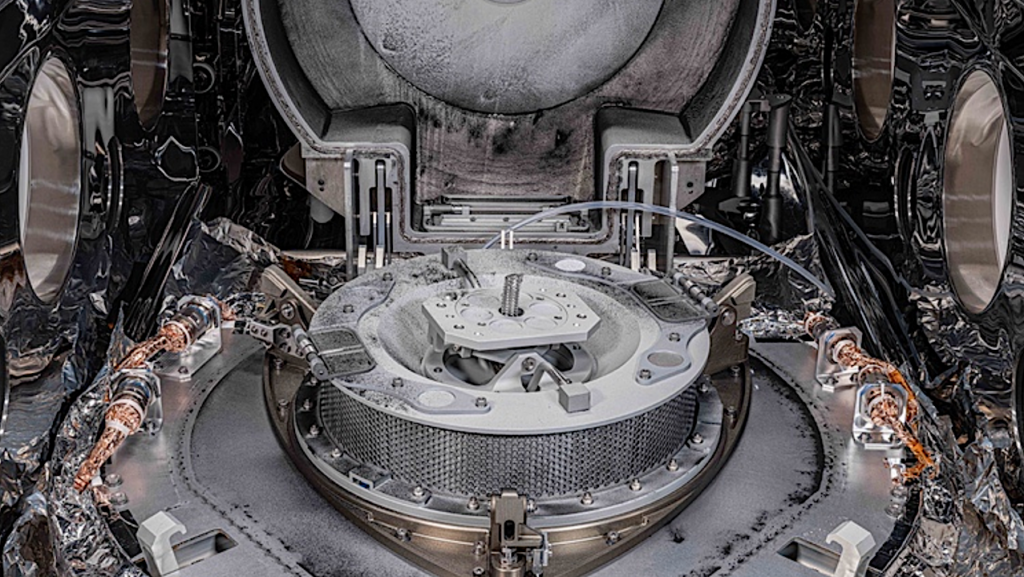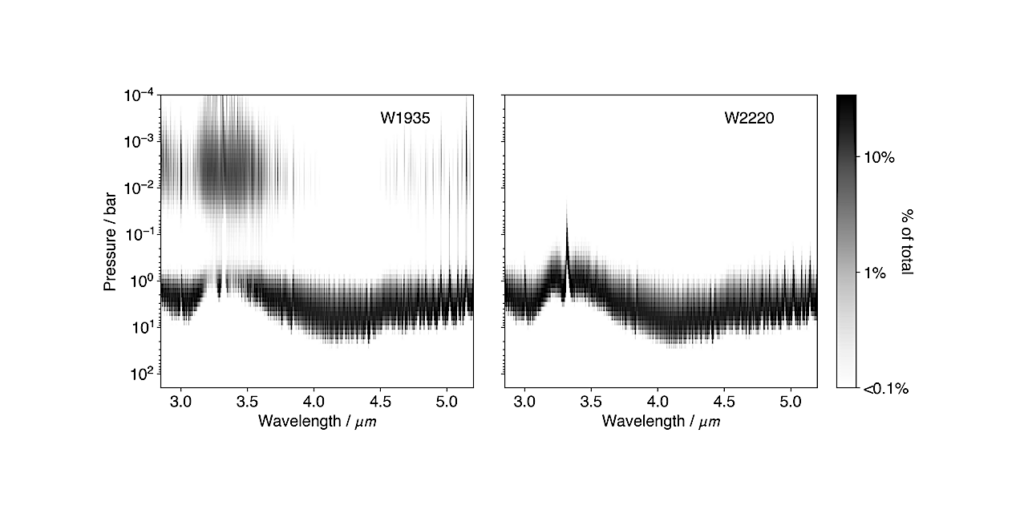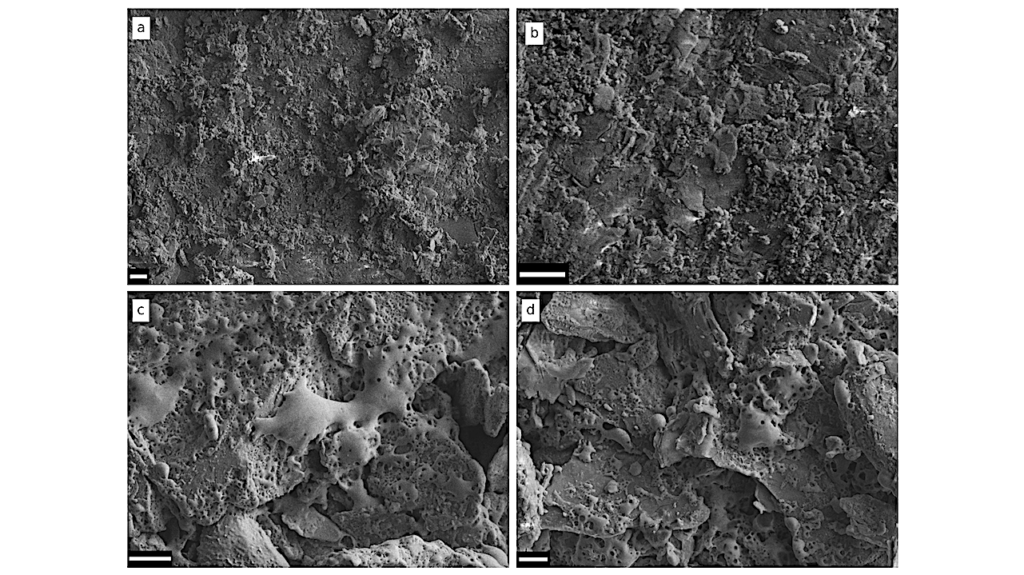Galaxy NGC 4383 Explosions Release Various Elements Into Interstellar Space

A team of international researchers studied galaxy NGC 4383, in the nearby Virgo cluster, revealing a gas outflow so large that it would take 20,000 years for light to travel from one side to the other.
The discovery was published today in the journal Monthly Notices of the Royal Astronomical Society.
Lead author Dr Adam Watts, from The University of Western Australia node at the International Centre for Radio Astronomy Research (ICRAR), said the outflow was the result of powerful stellar explosions in the central regions of the galaxy that could eject enormous amounts of hydrogen and heavier elements.
The mass of gas ejected is equivalent to more than 50 million Suns.
“Very little is known about the physics of outflows and their properties because outflows are very hard to detect,” Dr Watts said.
“The ejected gas is quite rich in heavy elements giving us a unique view of the complex process of mixing between hydrogen and metals in the outflowing gas.
“In this particular case, we detected oxygen, nitrogen, sulphur and many other chemical elements.”
Gas outflows are crucial to regulate how fast and for how long galaxies can keep forming stars. The gas ejected by these explosions pollutes the space between stars within a galaxy, and even between galaxies, and can float in the intergalactic medium forever.
The high-resolution map was produced with data from the MAUVE survey, co-led by ICRAR researchers Professors Barbara Catinella and Luca Cortese, who were also co-authors of the study.

Outflow opening half-angle (θ) measurements. Left: Contours defining the outflow-dominated emission overlaid on the binned H α flux map. Red, blue, and orange lines show the linear fits used to estimate θ. The inclination-corrected estimates for θ are given in the bottom right corner in their corresponding colour, all of which agree well. Right: Spectra that exhibit line splitting, extracted from the like-coloured apertures (enlarged by 3×) in the NW region of the outflow in the left panel. Dashed lines represent the two Gaussian fits to each spectrum, and the derived outflow velocity and opening half-angle are quoted in the top left corner of each panel. In both panels, variations in θ and out due to a change in inclination of ±5° are given as superscripts and subscripts. Across all methods, θ is constrained to 22–39°, with outflow velocities in the range of 184-246 km s-1.
The survey used the MUSE Integral Field Spectrograph on the European Southern Observatoryʼs Very Large Telescope, located in northern Chile.
“We designed MAUVE to investigate how physical processes such as gas outflows help stop star formation in galaxies,” Professor Catinella said.
“NGC 4383 was our first target, as we suspected something very interesting was happening, but the data exceeded all our expectations.
“We hope that in the future, MAUVE observations reveal the importance of gas outflows in the local Universe with exquisite detail.”
MAUVE: A 6 kpc bipolar outflow launched from NGC4383, one of the most Hi-rich galaxies in the Virgo cluster, Monthly Notices of the Royal Astronomical Society (open access)
Astrobiology, Astrochemistry,








